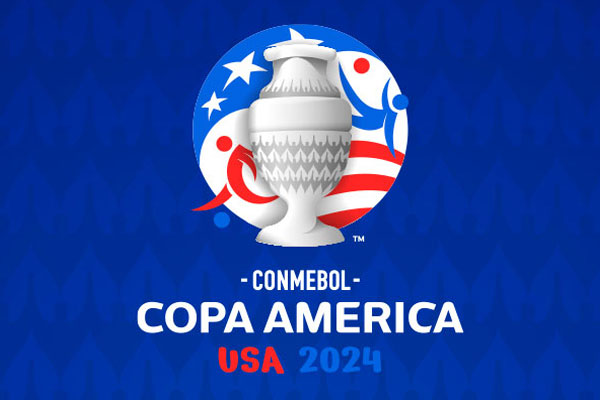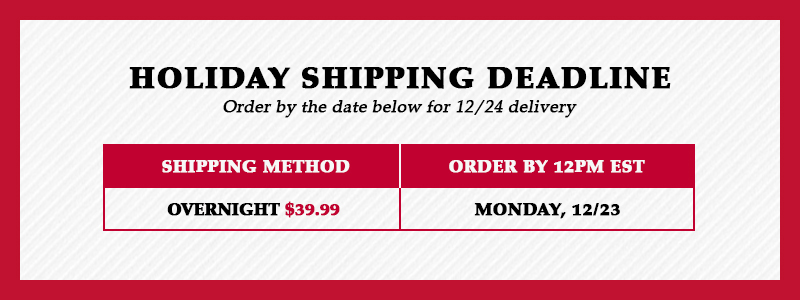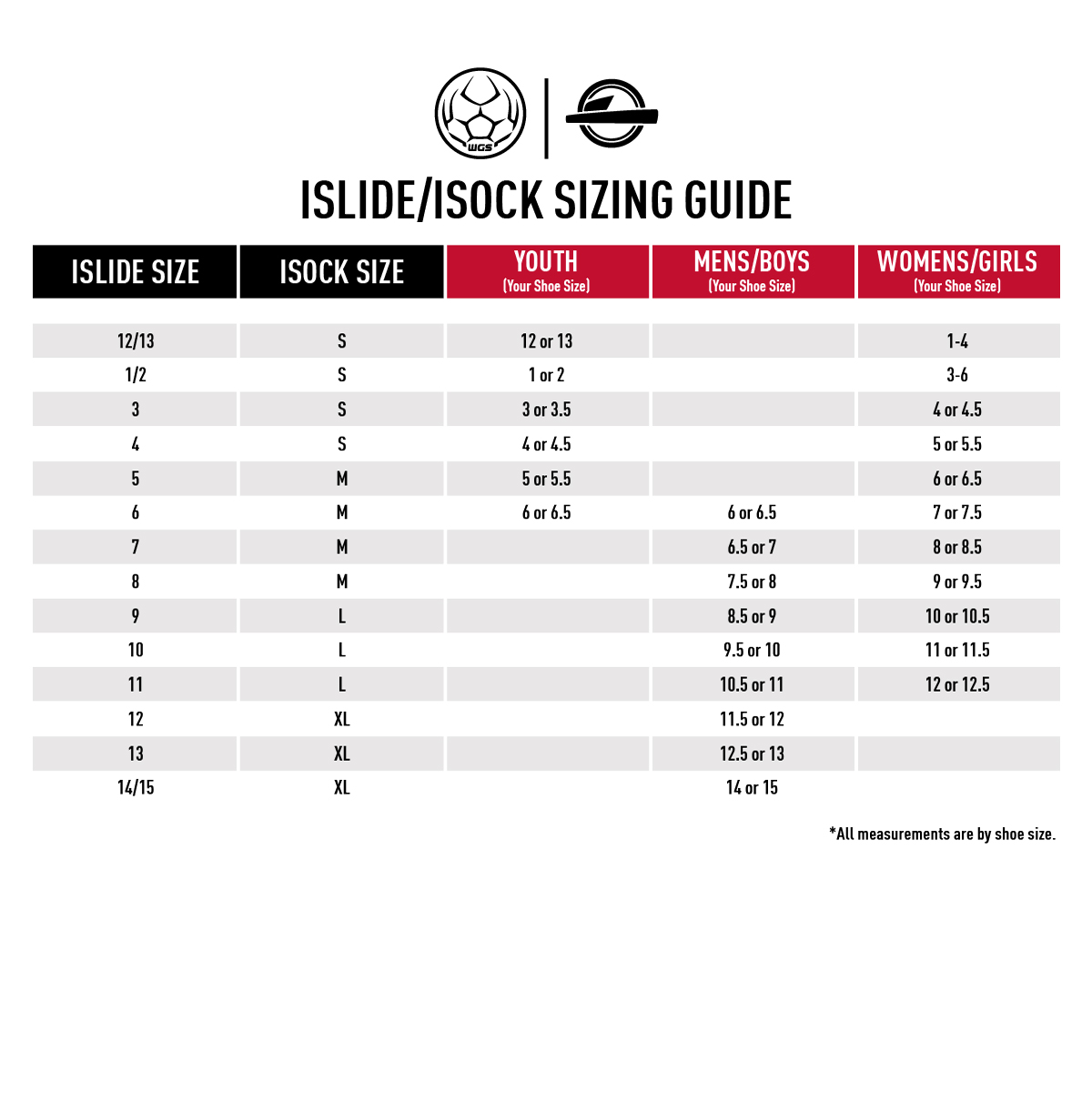
Copa América 2024 Guide
Discover everything you need to know with our comprehensive guide to the 48th edition of the tournament, taking place from June 20 to July 14 in the United States. Explore the rich history and exciting developments of this prestigious event.
THE HISTORY
The CONMEBOL Copa América, started in 1916. Originally known as the South American Championship, the inaugural tournament featured four teams: Argentina, Chile, Brazil, and Uruguay, with Uruguay clinching the first title.
Through the years, the tournament expanded as Paraguay joined in 1921, followed by Bolivia in 1926, and Peru in 1927. The early dominance of Uruguay, Argentina, and Brazil lasted until 1937, with Uruguay capturing seven titles, Argentina five, and Brazil two.
The 1939 edition saw Ecuador's debut, marking the end of the initial trio's stronghold, as Peru secured a victory. Colombia entered the competition in 1945, the same year Argentina began its unprecedented run of three consecutive titles in 1945, 1946, and 1947.
Venezuela joined the ranks in 1967, completing the CONMEBOL roster. The tournament was rebranded as the CONMEBOL Copa América™ in 1975. In 1993, it welcomed its first non-CONMEBOL teams, Mexico and the United States, and since then, nine non-affiliated teams have participated, including Costa Rica, Japan, Honduras, Jamaica, Panama, Haiti, and Qatar. The 2024 edition will see Canada making its debut.
While no invited team has yet won the tournament, Mexico came close, reaching the finals in 1993 and 2001. Brazil enjoyed a dominant period between 1997 and 2007, winning four of five tournaments. The 2021 edition saw Argentina end a 28-year title drought, with Lionel Messi lifting his first continental trophy in his sixth attempt.
THE FORMAT
The 2024 edition of the CONMEBOL Copa América will feature 16 teams divided into four groups of four. The top two teams from each group will advance to the knockout stage, starting with the quarterfinals. This format mirrors the expanded tournament structure last used in 2016, also hosted by the United States.
This year, alongside the traditional 10 CONMEBOL teams, six CONCACAF teams will compete, having earned their spots through the Nations League. Participants include the United States, Mexico, Panama, Jamaica, Canada, and Costa Rica.
Since 1993, the Copa América has consistently featured a group stage followed by a single-elimination knockout phase, enhancing the competitive spirit and excitement of the tournament.
THE GROUPS
THE STARS
The CONMEBOL Copa América has some major star power, renowned for showcasing world-class soccer talent in every edition. This year promises to continue that tradition with a lineup of potential participants who are among the most celebrated players in the world. Among the great players expected to grace this prestigious tournament are:
- Argentina: Lionel Messi, Ángel di María, and Emiliano Martínez.
- Bolivia: Henry Vaca, Ramiro Vaca.
- Brazil: Vinicius Júnior, Rodrygo, Endrick.
- Canada: Alphonso Davies, Jonathan David.
- Chile: Alexis Sánchez, Eduardo Vargas.
- Colombia: Luis Díaz, James Rodríguez.
- Costa Rica: Keylor Navas, Joel Campbell.
- Ecuador: Moisés Caicedo, Enner Valencia.
- United States: Christian Pulisic, Gio Reyna, Weston McKennie.
- Jamaica: Leon Bailey, Demarai Gray, Michail Antonio.
- Mexico: Hirving Lozano, Santiago Giménez.
- Panama: Adalberto Carrasquilla.
- Paraguay: Julio Enciso and Miguel Almirón.
- Peru: Paolo Guerrero and Luis Advíncula.
- Uruguay: Federico Valverde and Darwin Núñez.
- Venezuela: Jefferson Soteldo and Salomón Rondón.






